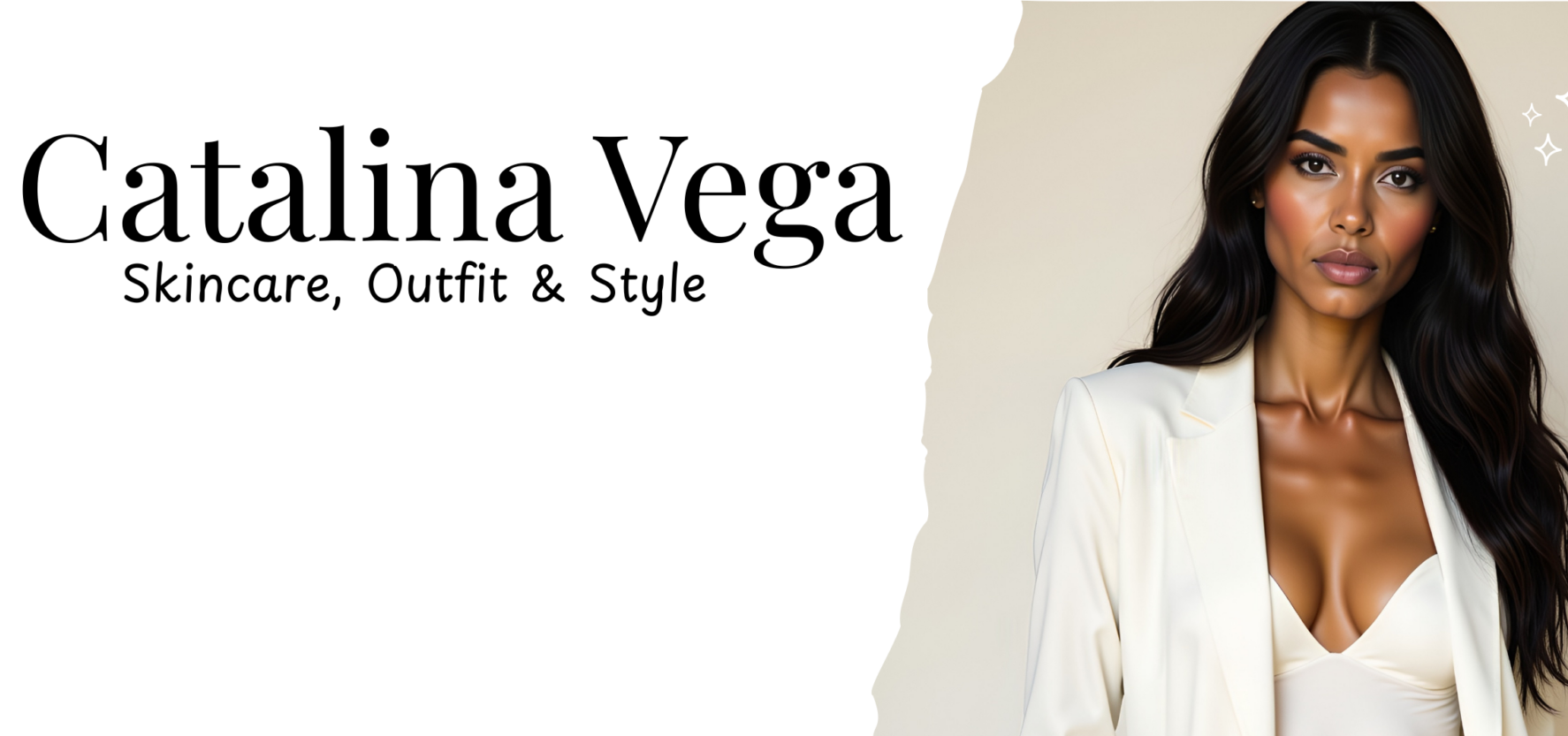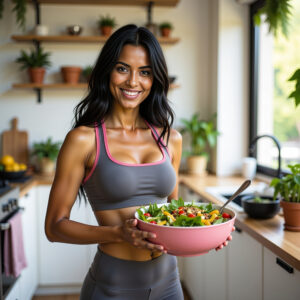Table of Contents
When it comes time to workouts, one of the most debated topics is the best time to do it. Should you start your day with a sweat session, or wind down with one in the evening? The truth is, both options have unique benefits, and the best choice depends on your personal schedule and goals.

Research shows that starting your day with physical activity can improve sleep quality and support weight loss. On the other hand, evening sessions might enhance strength and performance. The key is to find a time that works for you and stick to it. Consistency is what truly matters in the long run.
In this article, we’ll explore the science behind these timings, share practical tips, and help you decide what fits best into your lifestyle. Whether you’re an early riser or a night owl, the most important thing is to keep moving.
Key Takeaways
- Both morning and evening workouts offer unique benefits.
- Morning exercise may improve sleep and aid in weight loss.
- Evening workouts can boost strength and performance.
- Consistency is more important than the exact time of day.
- Choose a schedule that aligns with your lifestyle and goals.
Understanding the Basics of Morning and Night Workouts
The time of day you choose to exercise plays a crucial role in your fitness journey. Your body’s natural rhythms, known as circadian rhythms, influence energy levels, strength, and overall performance. By understanding these patterns, you can optimize your routine for better results.
The Role of Circadian Rhythm in Exercise
Circadian rhythms are 24-hour cycles that regulate various bodily functions, including sleep, metabolism, and energy. Research shows that these rhythms affect how your body responds to physical activity. For example, body temperature and muscle strength tend to peak in the late afternoon, making this an ideal time for high-intensity workouts.
On the other hand, early sessions can help improve sleep quality and kickstart your metabolism. By aligning your exercise routine with these natural fluctuations, you can maximize efficiency and achieve your fitness goals more effectively.
Setting Fitness Goals for Different Times of Day
Choosing the right time to exercise depends on your personal schedule and objectives. If your goal is fat burning, morning sessions might be more effective due to higher cortisol levels. For strength training, late afternoon or early evening could yield better results.
Here’s a quick guide to help you decide:
| Time of Day | Best For |
|---|---|
| Early Morning | Fat burning, improved sleep |
| Late Morning | Cardio, endurance training |
| Afternoon | Strength training, high-intensity workouts |
| Evening | Flexibility, stress relief |
Ultimately, the best time to exercise is when you feel most energized and motivated. Consistency is key, so choose a schedule that fits seamlessly into your lifestyle.
Benefits and Drawbacks of Morning Workouts
Starting your day with physical activity can set a positive tone for the hours ahead. Early exercise routines offer a range of benefits, from improving sleep quality to aiding in weight management. However, it’s important to be aware of potential risks and take steps to stay safe.

Improved Sleep Quality and Weight Loss Advantages
One of the standout benefits of early exercise is its impact on sleep. Studies show that morning activity can help regulate your body’s internal clock, leading to deeper, more restful sleep. Additionally, starting your day with movement can kickstart your metabolism, making it easier to manage your weight.
Research also suggests that morning workouts can lower post-exercise blood pressure and increase fat burning. This makes it an excellent choice for those focused on weight loss. Plus, the endorphin release from early activity can elevate your mood and reduce stress levels throughout the day.
Potential Risks: Injury, Fatigue, and Safety Concerns
While there are many advantages, early exercise does come with some challenges. Your body temperature is lower in the morning, which can increase the risk of muscle stiffness or injury. To counter this, it’s essential to incorporate a thorough warm-up routine before diving into your session.
Another consideration is energy levels. If you’re not a natural early riser, you might feel sluggish or fatigued during your workout. Adjusting the intensity of your routine can help you avoid burnout. For those exercising outdoors in low light, wearing reflective gear is a simple yet effective safety measure.
| Benefit | Drawback |
|---|---|
| Improved sleep quality | Higher risk of injury |
| Enhanced weight management | Potential fatigue |
| Reduced stress levels | Need for proper warm-up |
Ultimately, the key to success is finding a routine that works for you. Whether you’re aiming for better sleep, weight loss, or stress relief, early exercise can be a powerful tool—as long as you approach it with care and consistency.
Advantages and Cons of Evening Exercise Routines
Evening exercise routines can be a game-changer for your fitness goals. Whether you’re aiming to build strength, improve performance, or simply unwind after a long day, the evening offers unique opportunities to enhance your well-being. Let’s explore how this time of day can work in your favor.

Boosting Strength and Enhancing Performance
Research shows that our bodies are primed for physical activity in the evening. Muscle strength and endurance tend to peak during this time, making it ideal for high-intensity workouts. “Evening sessions often yield better results for strength training due to optimal body temperature and muscle flexibility,” explains a fitness expert.
Additionally, your energy levels are typically higher later in the day. This can translate to improved focus and performance during your routine. Whether you’re lifting weights or running, the evening might be your secret weapon for achieving peak results.
Stress Relief and the Impact of Social Workout Opportunities
After a busy day, evening workouts can be a great way to decompress. Physical activity triggers the release of endorphins, which help reduce stress and improve mood. “It’s like hitting a reset button for your mind,” says a wellness coach.
This time of day also offers social benefits. Joining a group class or exercising with friends can make your routine more enjoyable and motivating. Plus, the camaraderie can help you stay consistent with your fitness goals.
However, it’s important to balance intensity to avoid disrupting sleep. A proper cool-down routine and avoiding overly strenuous exercises close to bedtime can help you reap the benefits without compromising rest.
Morning vs. Night Workout: How Timing Affects Your Body
Your body’s internal clock plays a significant role in how you respond to exercise. This natural rhythm, known as the circadian rhythm, influences everything from energy levels to hormone production. By understanding these patterns, you can tailor your routine to maximize your results.

Metabolic and Hormonal Influences
The time of day you choose to move your body can affect your metabolic rate and hormone balance. In the early hours, cortisol levels are higher, which can aid in fat burning. “Morning exercise taps into your body’s natural fat-burning potential,” explains a fitness expert.
Later in the day, your body temperature and muscle flexibility peak. This makes the afternoon or evening ideal for strength training or high-intensity sessions. Research shows that these times can lead to better performance and faster recovery.
Here’s how your body responds at different times:
- Early Morning: Higher cortisol levels support fat burning and improved metabolism.
- Afternoon: Optimal muscle strength and endurance for intense workouts.
- Evening: Increased flexibility and reduced stress levels for recovery-focused activities.
To find your ideal workout time, experiment with different sessions and track how your body feels. “Understanding your rhythm is key to designing an effective routine,” advises a wellness coach. By aligning your exercise with your natural patterns, you can achieve better results and enjoy the process.
Establishing a Consistent Exercise Routine
Consistency is the secret to unlocking your fitness potential. Whether you’re new to training or a seasoned pro, building a sustainable routine is key to achieving your goals. The challenge? Finding the right time exercise window that fits your lifestyle throughout day.
Overcoming Scheduling Challenges
Life can get busy, but small changes can make a big difference. Start by identifying pockets of time in your day—whether it’s a quick session before work or a brisk walk during lunch. “Even 10 minutes of movement counts,” says a fitness expert. Here are some actionable tips to help you stay on track:
- Plan ahead: Lay out your workout clothes the night before to save time.
- Be flexible: If you miss your usual slot, squeeze in a shorter session later.
- Set reminders: Use your phone or calendar to block out time for training.
- Track progress: Keep a journal to stay motivated and see how far you’ve come.
Remember, consistency doesn’t mean perfection. It’s about finding a way to move regularly, even when life gets hectic. Experiment with different times and activities to discover what works best for you. With a little planning and persistence, you’ll build a routine that sticks.
Optimizing Your Workout Sessions
Fine-tuning your exercise sessions can make a world of difference in results. Whether you’re aiming for better flexibility, muscle strength, or endurance, small tweaks to your routine can maximize efficiency and minimize injury risks. Let’s dive into expert-backed strategies for each phase of your workout.
Pre-Workout Nutrition and Preparation
Fueling your body correctly sets the stage for success. Aim for a balanced snack 30–60 minutes before exercising—think carbs for energy and protein for muscle support. “A banana with almond butter or Greek yogurt with berries are great options,” suggests a nutrition coach.
Hydration is equally critical. Drink 16–20 oz of water 2 hours before your session to maintain optimal temperature regulation. For evening exercise, avoid heavy meals close to your workout to prevent sluggishness.
Effective Warm-Up and Cool-Down Techniques
A proper warm-up primes your muscles and boosts flexibility. Try 5–10 minutes of dynamic movements like leg swings or arm circles. These raise your core temperature and enhance blood flow, reducing injury risks.
Post-workout, focus on recovery. Cooling down with static stretches (hold for 20–30 seconds) improves muscle strength over time. For evening exercise, add foam rolling to ease tension and promote relaxation before bed.
- Warm-up essentials: Dynamic stretches, light cardio.
- Cool-down musts: Static stretches, hydration, protein-rich snack.
- Evening tip: Lower intensity 1 hour before sleep to avoid disruptions.
By tailoring these phases to your schedule and goals, you’ll see noticeable improvements in endurance and overall performance. Remember, consistency trumps perfection—find what works and stick with it!
Conclusion
Finding the right time to stay active can transform your fitness journey. Whether you prefer the energy boost of morning exercise or the strength-building potential of evening workouts, both options offer unique benefits for your health and muscles.
Your personal schedule and goals should guide your choice. Early sessions can aid in weight loss and improve sleep, while later activities may enhance performance and flexibility. The key is to experiment and find what works best for you.
Ultimately, staying active—whether in the afternoon or any other time—is what matters most. Consistency, proper planning, and a focus on overall health are the foundations of long-term success. Keep moving, and enjoy the journey!



